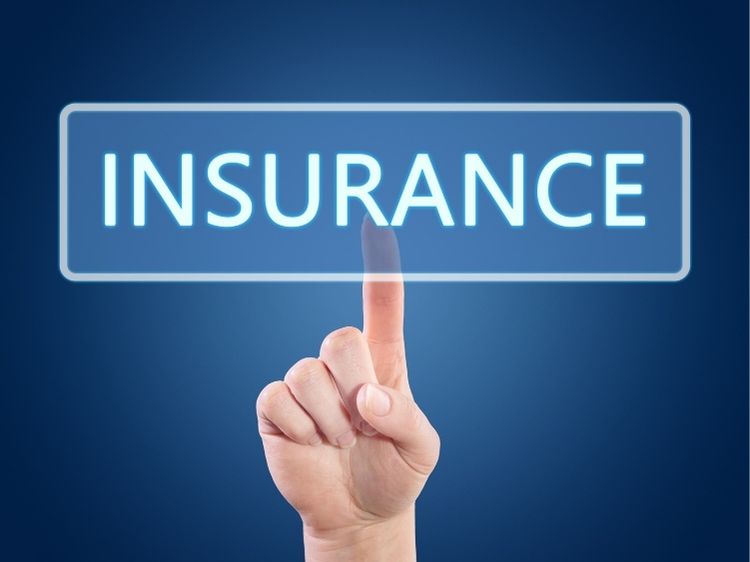When you think about home insurance, what comes to mind? For many, it’s a safety net—a way to protect your most significant investment. But, let’s face it, understanding home insurance can be a tad overwhelming. With various coverage options, legal jargon, and fine print, it’s easy to get lost. Don’t worry, though; we’re here to break it all down. This guide will take you through the essentials of home insurance so you know exactly what to look for when choosing the right policy for your home.
What is Home Insurance?
In simple terms, home insurance is a contract between you and an insurance company that covers your home and belongings against damage or loss. It’s peace of mind—financial protection should the unexpected happen, like a fire, theft, or natural disaster.
Why Do You Need Home Insurance?
Home insurance isn’t just about protecting the structure of your house; it’s about safeguarding the life you’ve built. Here’s a look at why home insurance is essential:
- Financial Protection: Covers repair costs, replacement of personal belongings, and even temporary living expenses if your home becomes uninhabitable.
- Mortgage Requirement: Many lenders require home insurance as part of their loan agreement, meaning you might not get approved for a mortgage without it.
- Liability Coverage: Protects you from lawsuits if someone is injured on your property.
Types of Home Insurance Coverage
Different policies offer various levels of protection, and it’s crucial to know which types fit your needs. Here are the primary types of coverage you’ll encounter:
1. Dwelling Coverage
This is the core of home insurance, covering damage to the structure of your home due to risks like fire, storms, and vandalism.
2. Personal Property Coverage
Covers the loss or damage of your personal belongings, from furniture and electronics to clothing. This coverage even extends to items outside the home, like your luggage during a trip.
3. Liability Protection
If a guest is injured on your property or you’re responsible for damaging someone else’s property, liability protection covers legal fees and medical bills.
4. Additional Living Expenses (ALE)
If your home is uninhabitable due to a covered event, ALE pays for temporary living expenses, such as hotel stays, meals, and more.
5. Medical Payments to Others
This coverage handles small medical bills if a visitor is accidentally injured on your property, regardless of who is at fault.
Choosing the Right Policy: What to Consider
Choosing home insurance can feel like comparing apples to oranges. Here are key factors to consider to ensure you’re selecting the best coverage for your needs:
- Coverage Limits: Ensure the policy’s limit covers the full cost of rebuilding your home in today’s market.
- Deductible: Higher deductibles often mean lower premiums, but it’s essential to choose one you can comfortably afford.
- Riders and Endorsements: If you have valuable items, like fine art or expensive electronics, consider add-ons for extra protection.
- Replacement Cost vs. Actual Cash Value: Replacement cost covers the full value to replace your items, while actual cash value factors in depreciation.
How Much Does Home Insurance Cost?
The cost of home insurance varies based on factors like your home’s location, its age, and the coverage amount you choose. Generally, premiums are higher for homes in disaster-prone areas or for older homes that may need extensive repairs.
Factors Influencing Your Premium:
- Location: Homes in high-risk areas for natural disasters or crime typically have higher premiums.
- Home Condition and Age: Older homes or those needing repairs may cost more to insure.
- Deductible Amount: Higher deductibles can lower your premium but increase your out-of-pocket costs during a claim.
Saving Money on Home Insurance: Practical Tips
Everyone loves saving, especially on essential expenses like home insurance. Here are some tips to help you lower your premiums without compromising coverage:
- Bundle Policies: Consider bundling home and auto insurance with the same provider for a discount.
- Increase Your Deductible: A higher deductible often results in lower premiums, just make sure it’s a feasible amount for you.
- Improve Home Security: Installing security systems, smoke detectors, and deadbolt locks can sometimes lead to discounts.
- Maintain a Good Credit Score: Many insurers offer lower premiums for clients with good credit histories.
Common Home Insurance Exclusions
Not everything is covered by a standard home insurance policy. Here are some exclusions you should be aware of:
- Flooding: Standard policies don’t cover flood damage; you’ll need separate flood insurance if you live in a high-risk area.
- Earthquakes: Similar to flooding, earthquakes require additional coverage.
- Wear and Tear: Home insurance doesn’t cover damage from lack of maintenance or general wear and tear.
- High-Value Items: Expensive items like jewelry or art might need extra coverage to ensure full protection.
Filing a Home Insurance Claim: Step-by-Step Guide
In the unfortunate event of damage to your home, knowing how to file a claim can make a significant difference. Here’s a step-by-step guide to help you navigate the process:
- Document the Damage: Take photos or videos to capture the extent of the damage.
- Contact Your Insurer Promptly: Notify your insurer about the incident and provide all necessary details.
- Meet with an Adjuster: An insurance adjuster may visit your home to assess the damage and estimate repair costs.
- Complete Repairs: After approval, you can begin repairs. Be sure to keep receipts for any expenses.
FAQs on Home Insurance
- What is the difference between replacement cost and actual cash value?
Replacement cost covers the full cost of replacing an item without factoring in depreciation, whereas actual cash value deducts depreciation from the item’s value. - Does home insurance cover flooding?
No, most standard home insurance policies don’t cover flood damage. You’ll need a separate flood insurance policy if you live in a flood-prone area. - Can I lower my home insurance premium?
Yes, you can lower your premium by increasing your deductible, improving home security, and bundling policies. Some insurers also offer discounts for maintaining a good credit score. - Do I need home insurance if I own my house outright?
While home insurance isn’t legally required if you own your home outright, it’s highly recommended to protect your investment from potential risks. - What should I do if my home insurance claim is denied?
If your claim is denied, ask your insurer for a detailed explanation. You may be able to appeal the decision or negotiate a settlement based on the specific terms of your policy.
Conclusion
Home insurance is more than just a policy—it’s your lifeline in times of unexpected events, offering a financial buffer and peace of mind. With the right coverage, you can focus on enjoying your home, knowing you’re protected against life’s surprises. From dwelling protection to liability coverage, the right policy can make all the difference when you need it most.
Authoritative Resources:
- Insurance Information Institute: www.iii.org
- National Flood Insurance Program: www.floodsmart.gov
- Consumer Financial Protection Bureau: www.consumerfinance.gov



